Our Open Spaces
- Home
- Our Open Spaces

Chesterwell Open Spaces - a flourishing natural environment for people and wildlife
Special amenity areas have been created across Chesterwell where wildlife will thrive and residents can enjoy the benefits of the natural environment. These include woodland, ponds, wildflower meadows and walkways. A children’s play area and picnic site are linked by a network of footpaths to enhance your outdoor adventures!
Children’s
Play Area
The proposed children’s play area will have both built and natural features that allow children of all ages to enjoy play, exercise and sensory experiences in a safe outdoor setting.
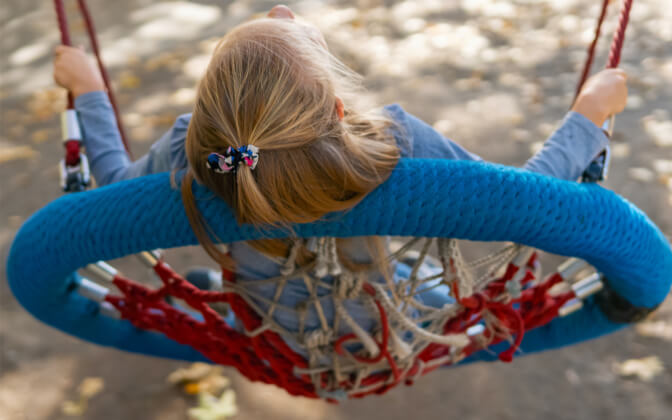
Chesterwell Wood
The original woodland area has been enhanced by scrub clearance and tree planting. It is being managed to ensure new and diverse habitats continue to develop for wildlife of all kinds: for example insects such as beetles and spiders, birds, mammals, mosses, fungi, flowering plants, and lichens.
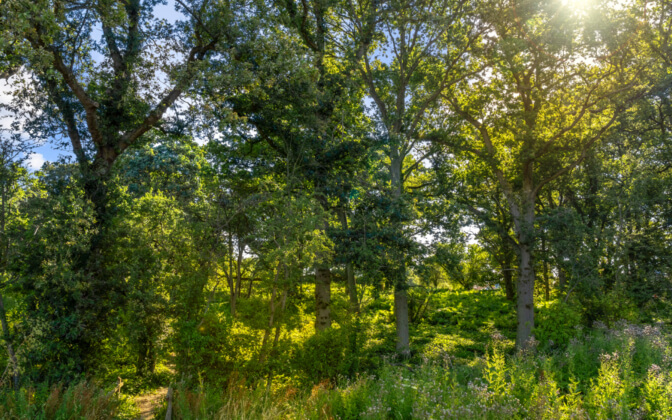
Wildflower Meadow
The wildflower meadow produces flowers from April through to October. The nectar-rich plants help support the dwindling populations of pollinators that we depend on to pollinate our food crops: these include butterflies, moths and bees. The tall grasses create cover where birds and small mammals can forage safely for food.
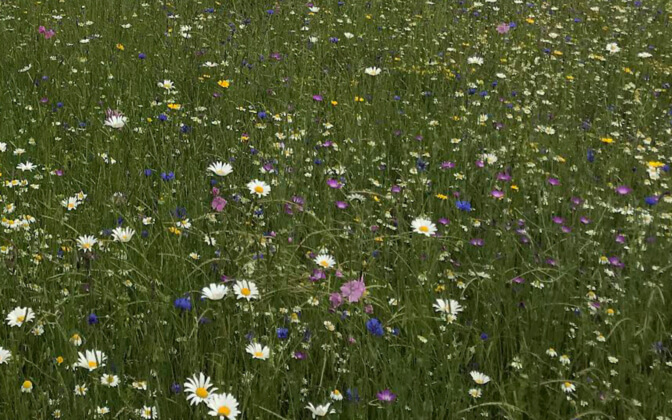
Wildflower Walk
Wildflower walks provide safe corridors that link different areas including verges, gardens and hedgerows, allowing wildlife to move through the landscape to find food and to breed. The nectar-rich flowers help support the dwindling populations of pollinators that we depend on to pollinate our food crops: these include butterflies, moths and bees.
Native Hedging Planting List
Hawthorn / Hazel / Blackthorn / Dog Rose / Spindle / Field Maple
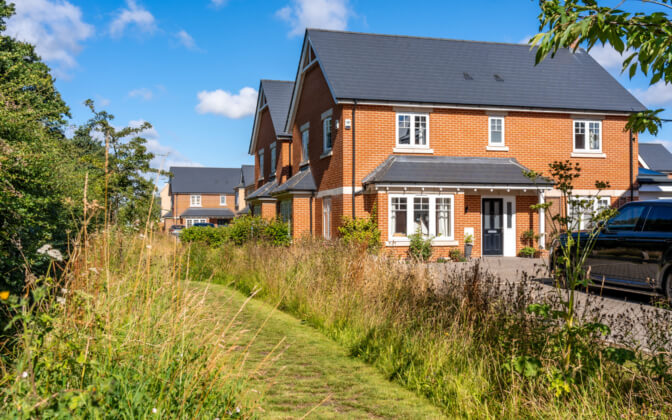
Ponds
Ponds are a haven for wildlife providing food, a watering hole, bathing spot and breeding site for local birds, bats, insects such as dragonflies, and amphibians including frogs and newts. Marginal plants include Reed Mace, also known as Bulrush, Common Reed, and Sedge.
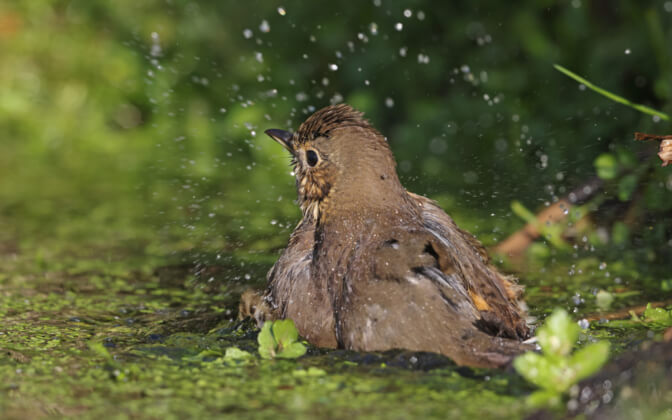
Wildflower Planting List
Black Medick
Meadow Buttercup
Red Campion
White Campion
Night-flowering Catchfly
Wild Clary
Cowslip
Field Forget-me-not
Foxglove
Common Knapweed
Goatsbeard
Greater Knapweed
Lady’s Bedstraw
Musk Mallow
Oxeye Daisy
Hoary Plantain
Ribwort Plantain
Salad Burnet
Selfheal
Common Sorrel
Common St John’s-wort
Wild Carrot
Yarrow
